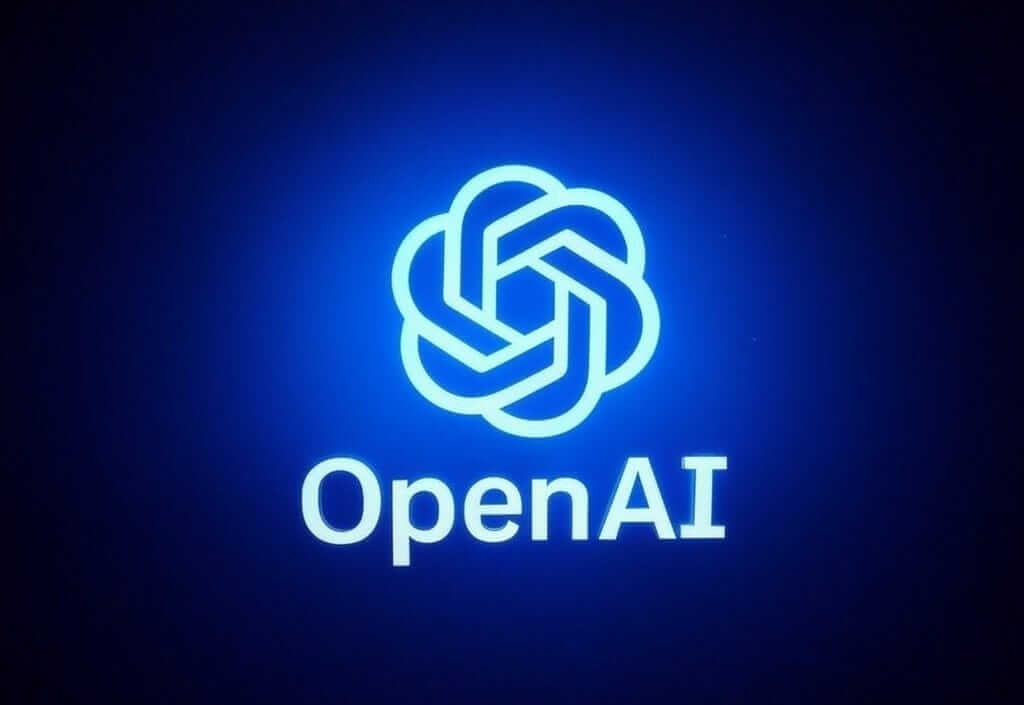OpenAI CEO Sam Altman has recently stirred the pot in the AI world with an announcement regarding the release of a new "open-weight reasoning language model," a move widely interpreted as a subtle jab at Meta and its approach to open-source AI. This announcement, made in early April 2025, not only details OpenAI's future plans but also highlights the contrasting philosophies between the two tech giants regarding AI accessibility and usage.
Altman's announcement, delivered via a post on X, outlined OpenAI's intention to release a powerful new language model with reasoning capabilities in the coming months. He emphasized the company's eagerness to engage with developers to maximize the model's utility, inviting feedback through developer events planned across San Francisco, Europe, and the Asia-Pacific region.
The key differentiator, and the source of the implied "troll," lies in OpenAI's commitment to making the model widely accessible. In a separate post, Altman directly addressed what he considered a "silly" restriction, stating that OpenAI would not impose limitations based on the number of users, a clear reference to Meta's licensing terms for its Llama-2 LLM. Meta's Llama-2, while available for free to many developers, includes a clause requiring companies with over 700 million daily users to obtain a license. Altman's statement, "we will not do anything silly like saying that you cant use our open model if your service has more than 700 million monthly active users. we want everyone to use it!" directly challenges this restriction.
The distinction between "open-weight" and "open-source" is crucial to understanding the nuances of Altman's announcement. An open-weight model provides public access to the trained parameters, or weights, allowing developers to analyze and fine-tune the model for specific applications without needing the original training data. This differs from open-source models, which offer access to the complete source code, training data, and methodologies.
This isn't the first time Altman has hinted at changes to OpenAI's AI product strategy. Back in February 2025, he outlined a roadmap focused on simplifying their offerings. The upcoming open-weight model aligns with this vision, potentially streamlining access to powerful AI tools for a broader audience.
While specifics about the new model's capabilities remain scarce, Altman's announcement has already ignited discussions within the AI community. Some view it as a strategic move by OpenAI to attract developers and researchers who might be hesitant to work with models that have restrictive licensing agreements. Others see it as a clever marketing tactic, positioning OpenAI as the champion of truly open AI development.
Beyond the implicit comparison with Meta, OpenAI is also forging ahead with other advancements. Recent reports indicate a possible shift in the release strategy for their highly anticipated GPT-5 model. Initially expected sooner, it appears OpenAI will first release GPT-o3 and o4-mini, possibly within a couple of weeks, followed by GPT-5 in a few months. Altman cited the desire to make GPT-5 "much better than we originally thought" and to ensure sufficient capacity to handle the anticipated demand as reasons for the change.
Furthermore, OpenAI has recently rolled out GPT-4.5, boasting improvements in unsupervised learning and reasoning abilities. While it shows progress, it's not without its flaws. OpenAI admits that GPT-4.5 still hallucinates (produces inaccurate information) about 37% of the time, though this is an improvement over previous models like GPT-4o and o3-mini. This highlights the ongoing challenges in ensuring the reliability and accuracy of large language models.
In a separate development, Altman has acknowledged the high costs associated with running these advanced AI models, revealing that OpenAI has been experiencing GPU shortages. The company plans to add tens of thousands of GPUs to address the issue and continue its rollout of new features and models. Despite resource constraints, OpenAI aims to integrate its various technologies, including voice, canvas, search, and deep research, into GPT-5, creating a unified AI system.

















